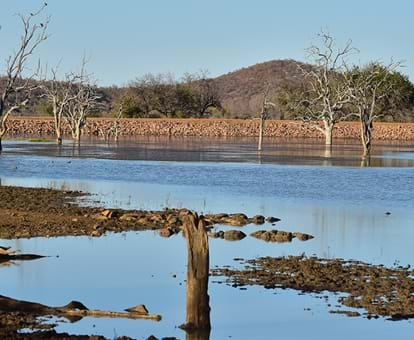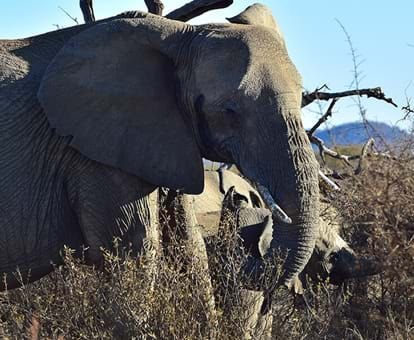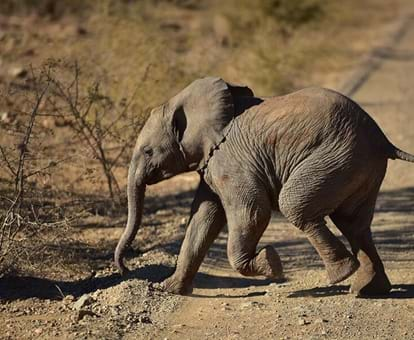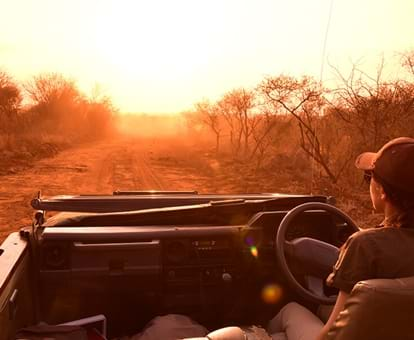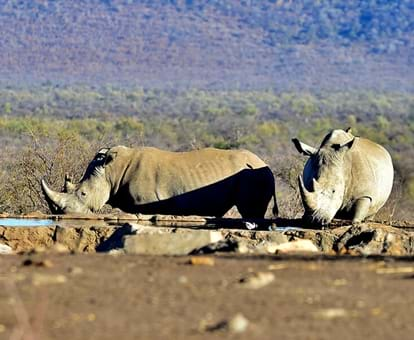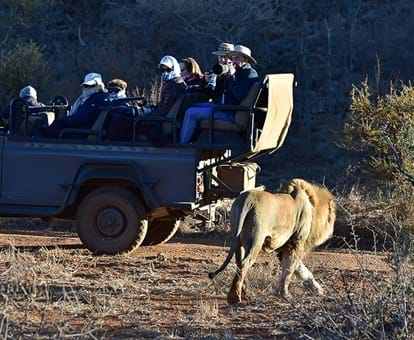By creating an account, I agree to the
Terms of service and Privacy policy
Choose your country and language:
Africa
Americas
Asia Pacific
Europe
MMadikwe Game Reserve, one of South Africa’s foremost Big Five malaria-free reserves, was envisaged not by conservationists, but by economists. They found conservation would create more income and jobs than the existing land-use, which was cattle-farming. This successful reserve is now a model that has inspired South African conservation.
Madikwe Game Reserve, right up against the Botswana border in the North West province, is a strange anomaly in the world of conservation.
It was transformed from a number of low-yield cattle farms into a high-yield conservation area. This was not land chosen by ecologists for its rare vegetation or animals. It was chosen by economists because they found that a game reserve here would generate more jobs and money than any other land-use option. Madikwe is now a model of the way conservation can benefit communities.
Another remarkable factor is that this was pioneered in 1991, within one of South Africa’s apartheid-era Bantustans – Bophuthatswana – which was reintegrated into the country in 1994.
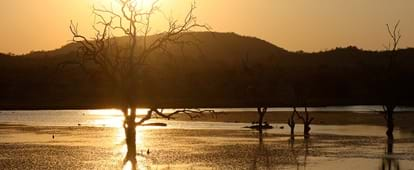
OOn paper it seemed idealistic. Yet in practice it worked. Bop Parks launched Operation Phoenix in 1991. By 1997, it had brought in more than 8000 individual animals, the largest translocation of its kind in the world. Several private companies set up very successful bush lodges within the 75 000-hectare park. And the three villages around Madikwe – Supingstad, Lekgophung and Molatedi – are doing very well.
Madikwe Game Reserve, North West
WWomen are particularly empowered – a high proportion of them are employed in the park. Social and financial upliftment aside, Madikwe is now better known as one of the best places to see the Big Five, and it also has the advantage of being malaria free. Madikwe is seen as a model of the benefits that conservation can bring.
You may not be in an exclusive private game reserve (it's actually a provincial game reserve), but you’ll feel as if you are – the experience is almost indistinguishable. The only difference is that you might catch a special sense of pride from some of the people you encounter in and around the park.
Related articles

